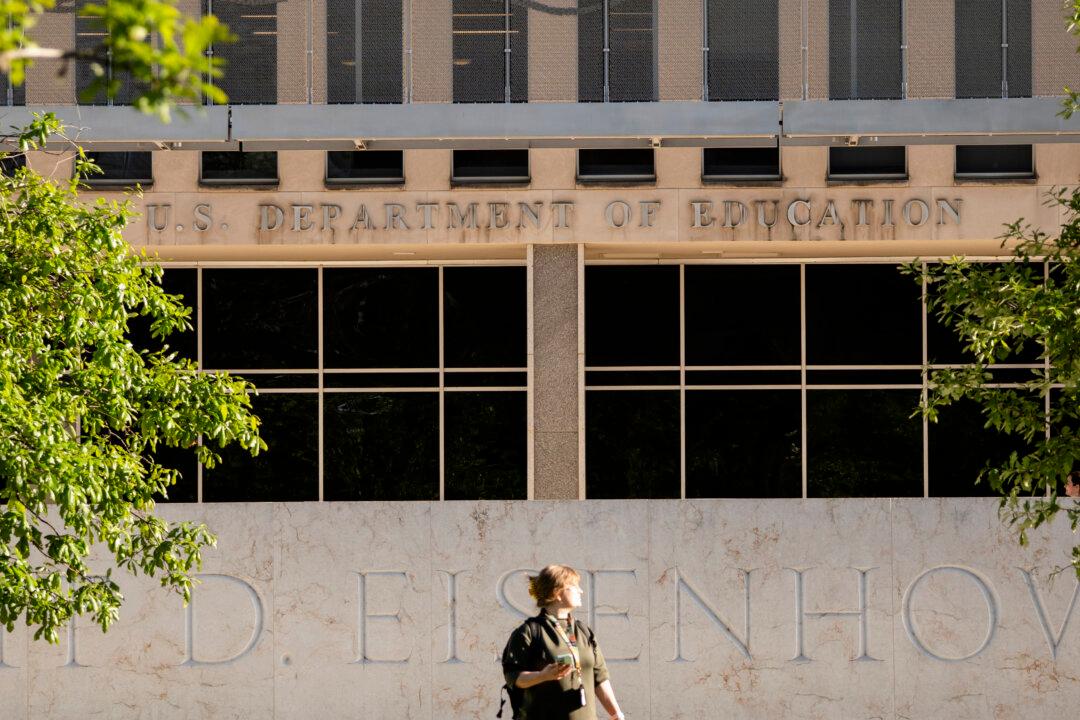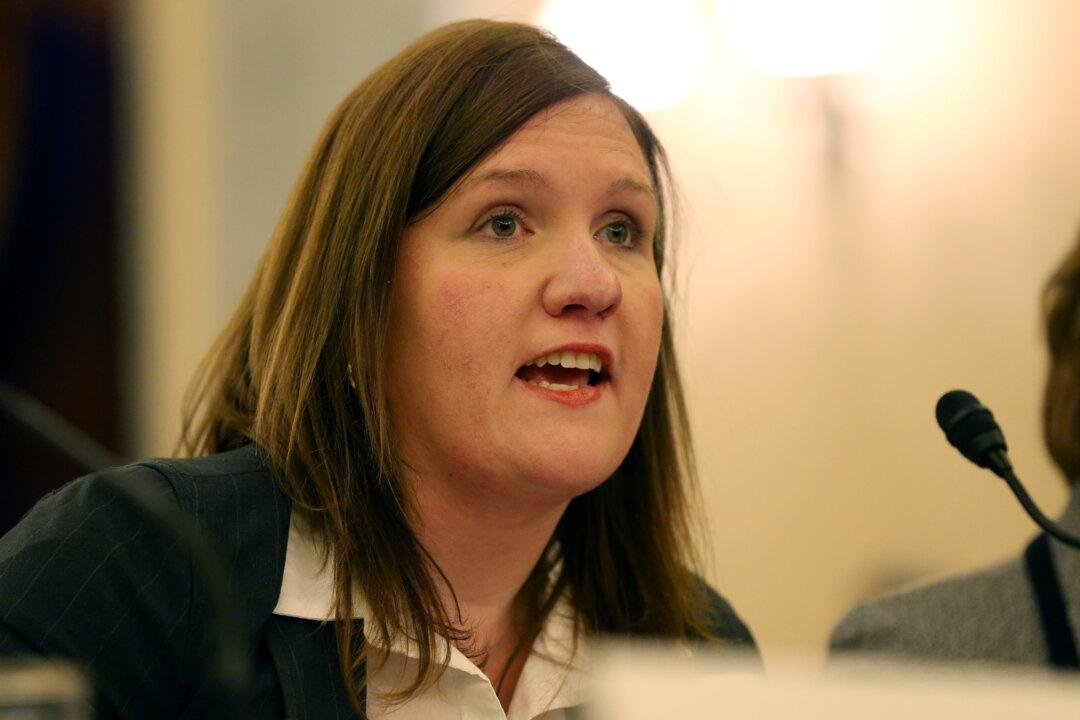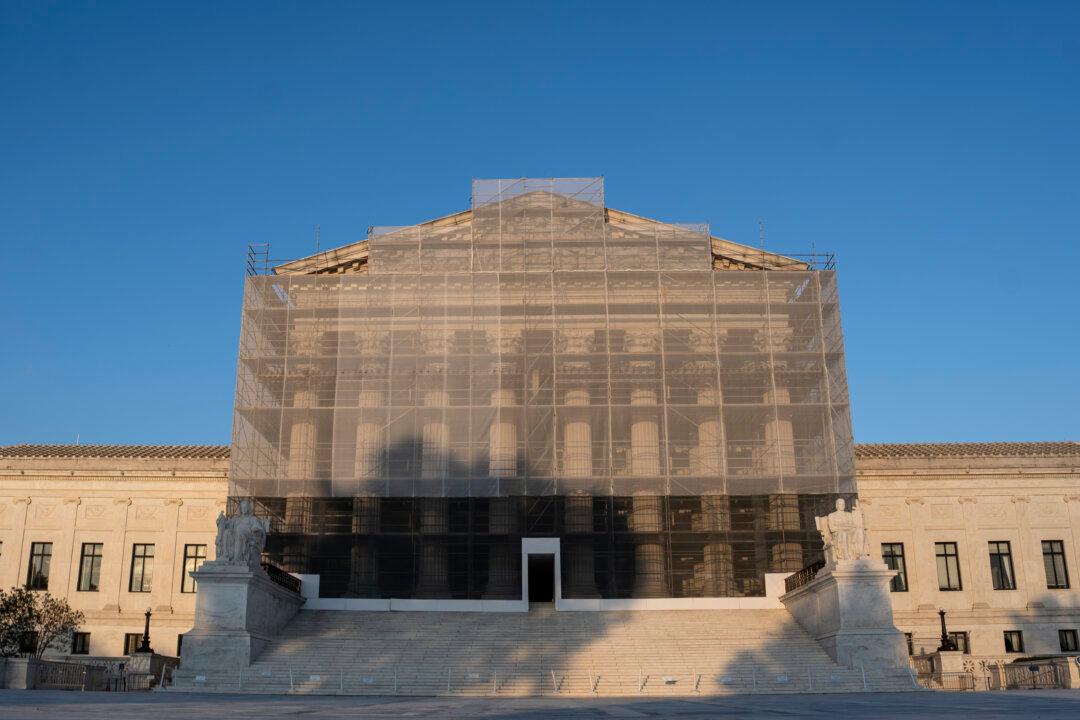The Supreme Court on July 14 allowed President Donald Trump to move forward with dismantling the Department of Education by firing almost 1,400 employees.
Three justices—Sonia Sotomayor, Elena Kagan, and Ketanji Brown Jackson—dissented from the ruling.
A federal district court had issued an injunction blocking the process and directing the government to rehire some of the departmental employees who had been laid off.
Joun said that for more than 150 years, “the federal government has played a crucial role in education.”
Since the department’s creation in 1979, its “role in education across the nation cannot be understated,” he wrote.
The agency oversees the federal student loan system, performs research for states and schools, distributes federal funds, and enforces compliance with various federal laws.
Joun said it’s clear that the Trump administration’s “true intention is to effectively dismantle the Department” without first obtaining the required congressional approval.
Sauer acknowledged that only Congress can abolish the department. He added that the government needs to “retain sufficient staff to continue fulfilling statutorily mandated functions and [that it] has kept the personnel that ... are necessary for those tasks.”
Trump campaigned on shuttering the department.
The department “does not educate anyone” and “maintains a public relations office that includes more than 80 staffers at a cost of more than $10 million per year,” the executive order states.
The president is making “unilateral efforts to eliminate a Cabinet-level agency established by Congress nearly half a century ago,” something only Congress has the authority to do, Sotomayor said.
Sotomayor said that to implement the executive order, Education Secretary Linda McMahon “gutted the Department’s work force, firing over 50 percent of its staff overnight,” a move the secretary said was “the first step on the road to a total shutdown” of the department.
The high court’s decision is threatening the separation of powers and giving the executive branch “the power to repeal statutes by firing all those necessary to carry them out,” she said. The separation of powers is a constitutional doctrine that divides the government into three branches to prevent any single branch from accumulating too much power.
Democracy Forward, a group that participated in Somerville v. Trump, a case that was consolidated with McMahon v. New York, told The Epoch Times the administration’s “unlawful plan will immediately and irreparably harm students, educators, and communities across our nation.”
McMahon celebrated the Supreme Court’s new ruling, calling it “a significant win for students and families.”
The Supreme Court has “again confirmed the obvious,” which is that the president, who heads the executive branch, “has the ultimate authority to make decisions about staffing levels, administrative organization, and day-to-day operations of federal agencies,” McMahon said.






